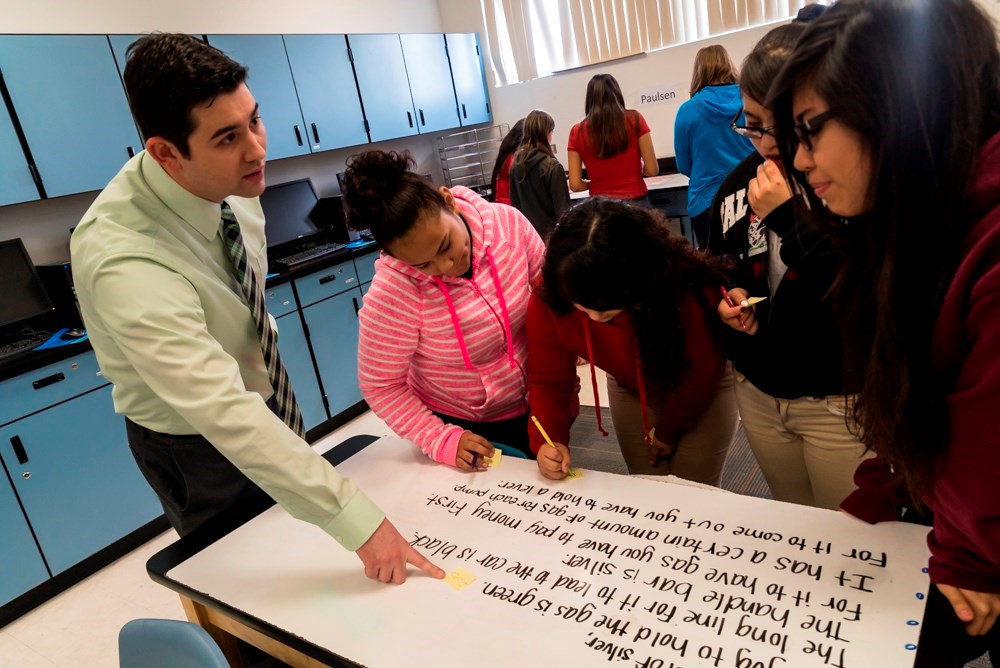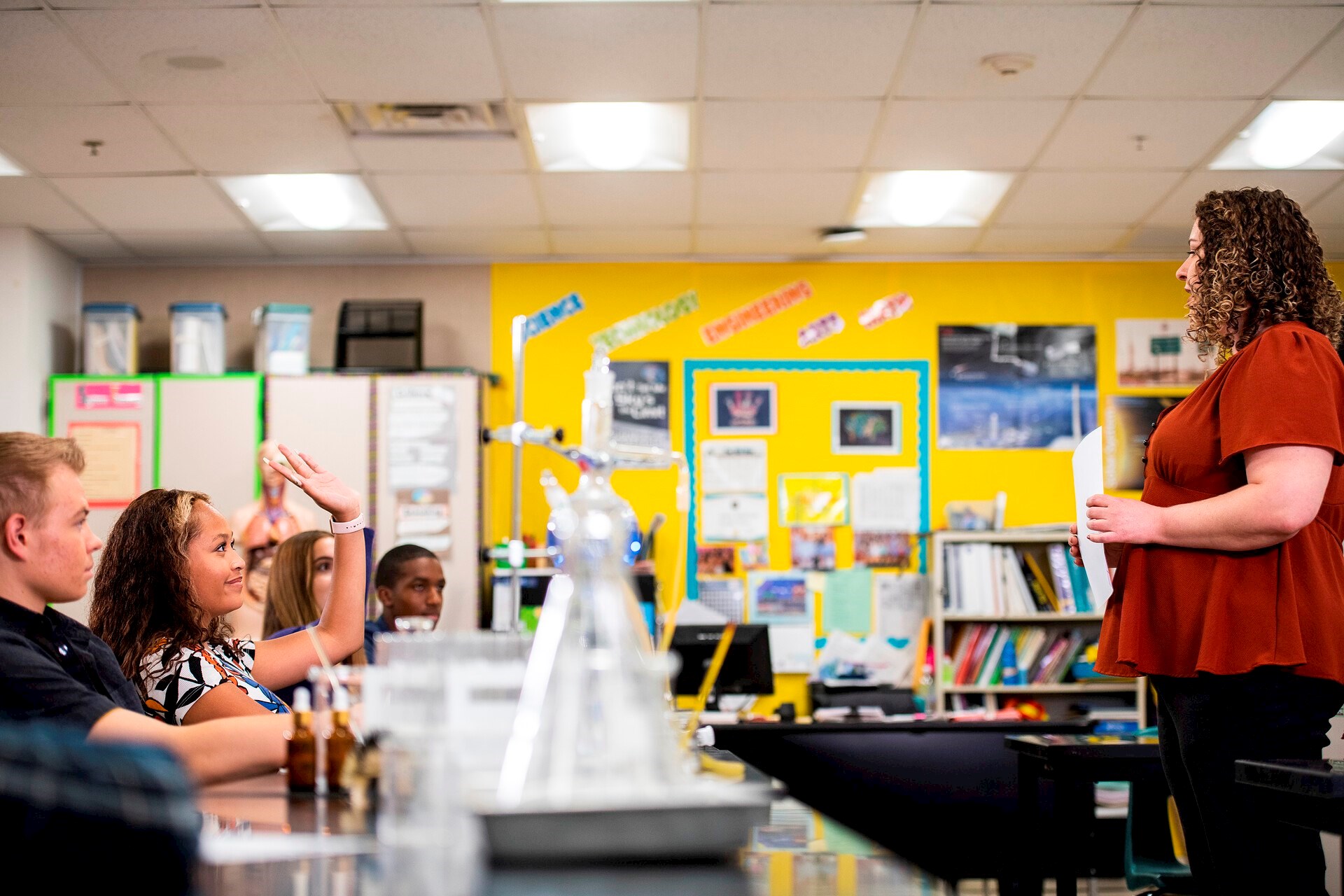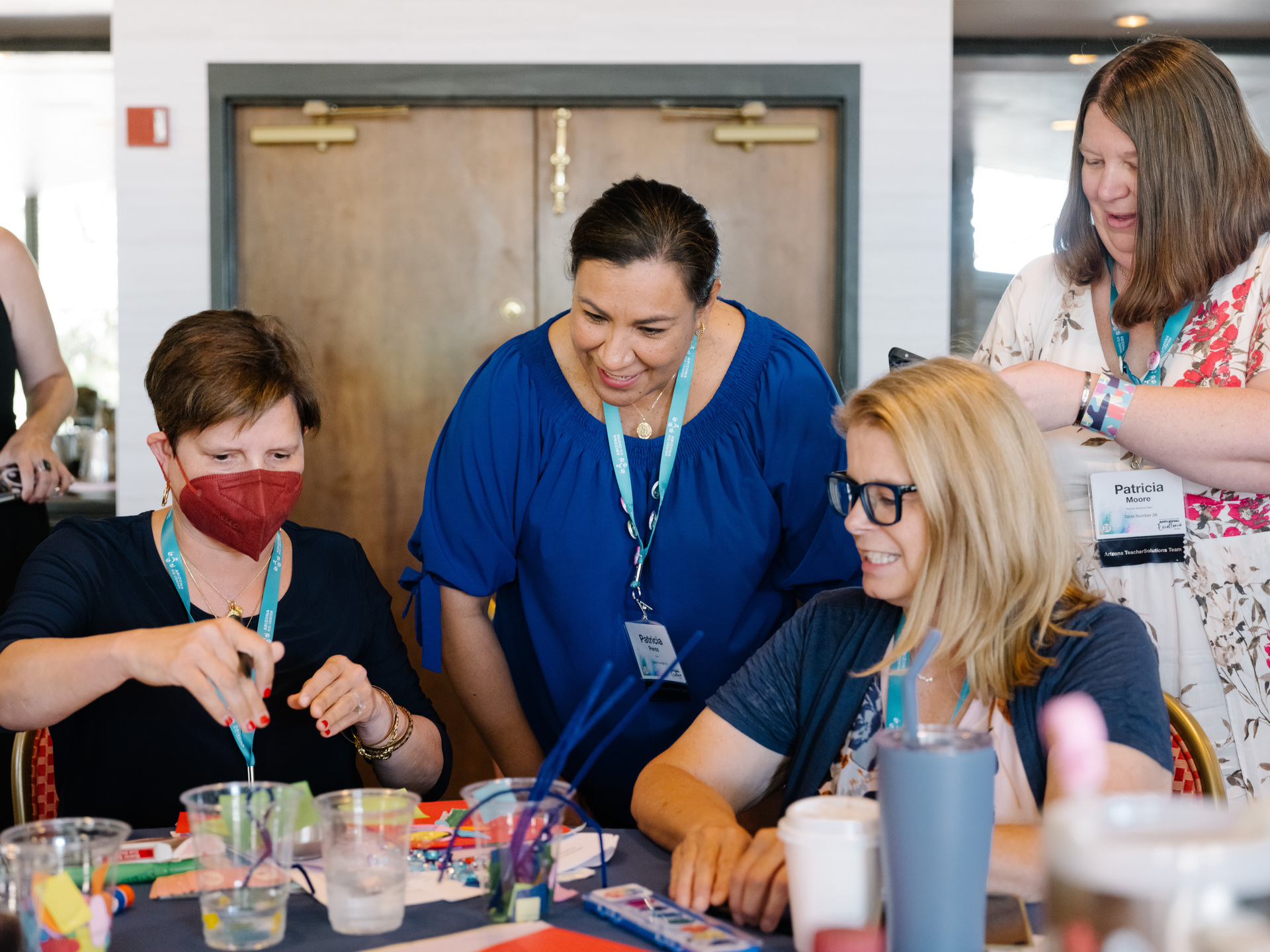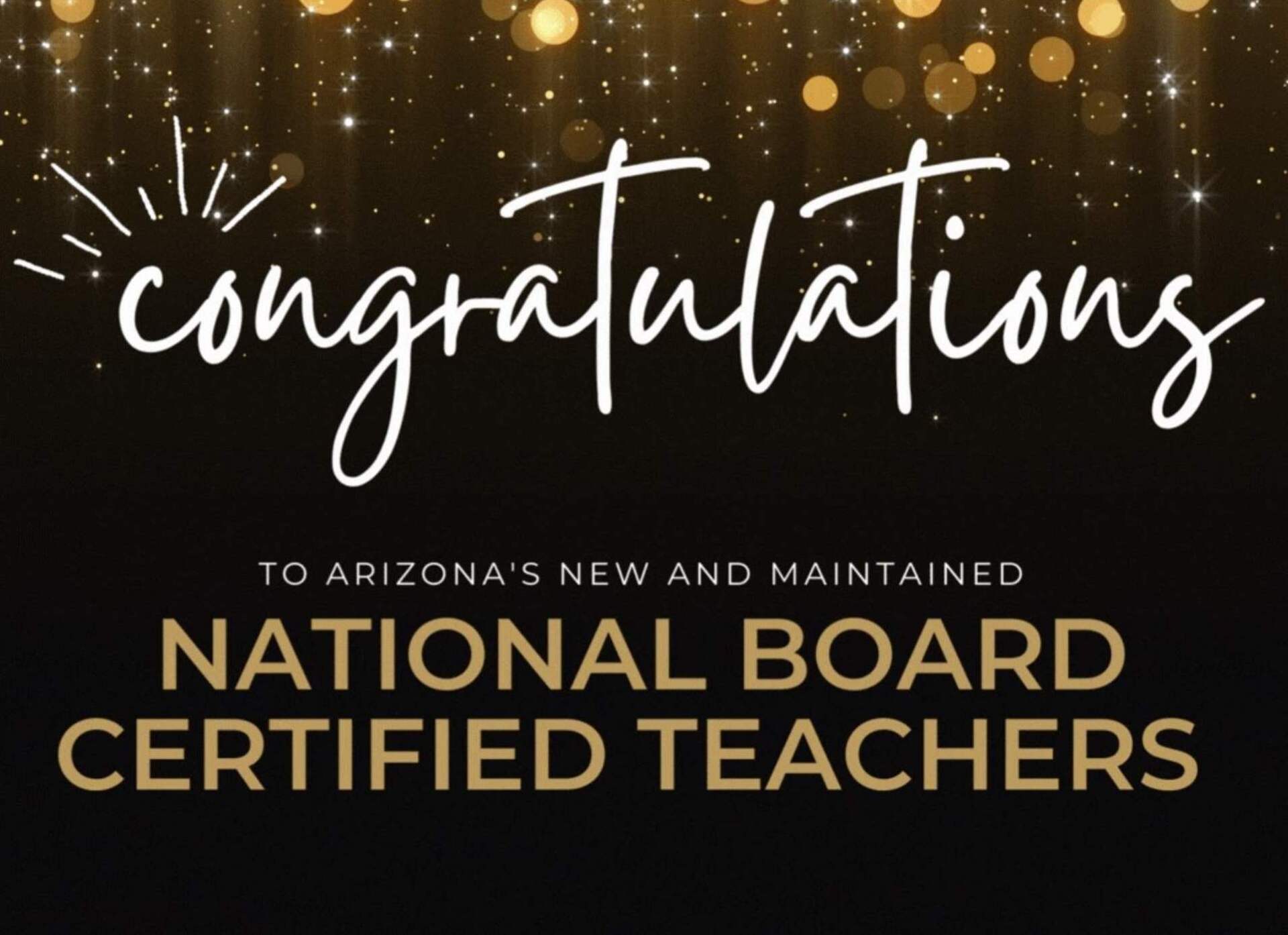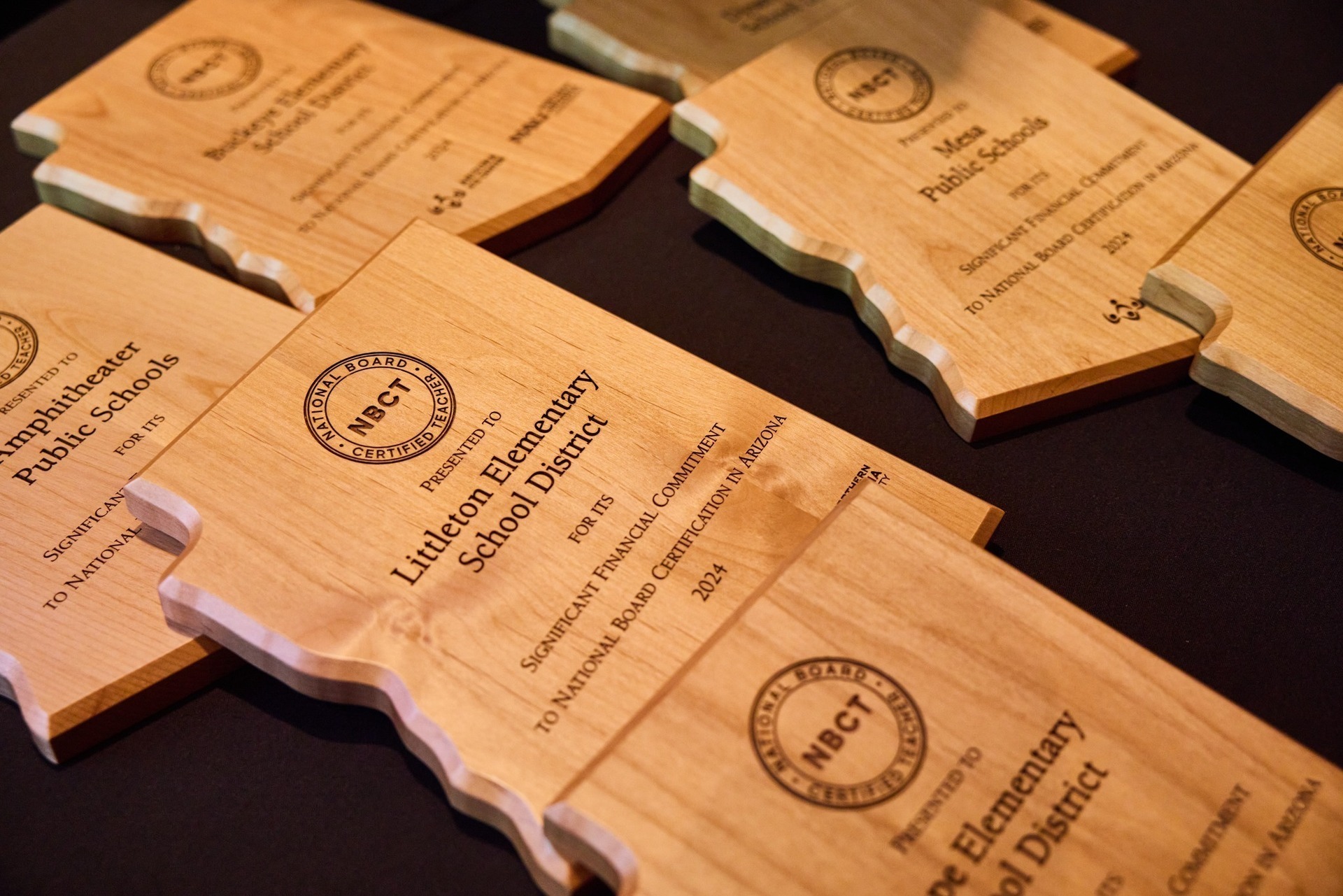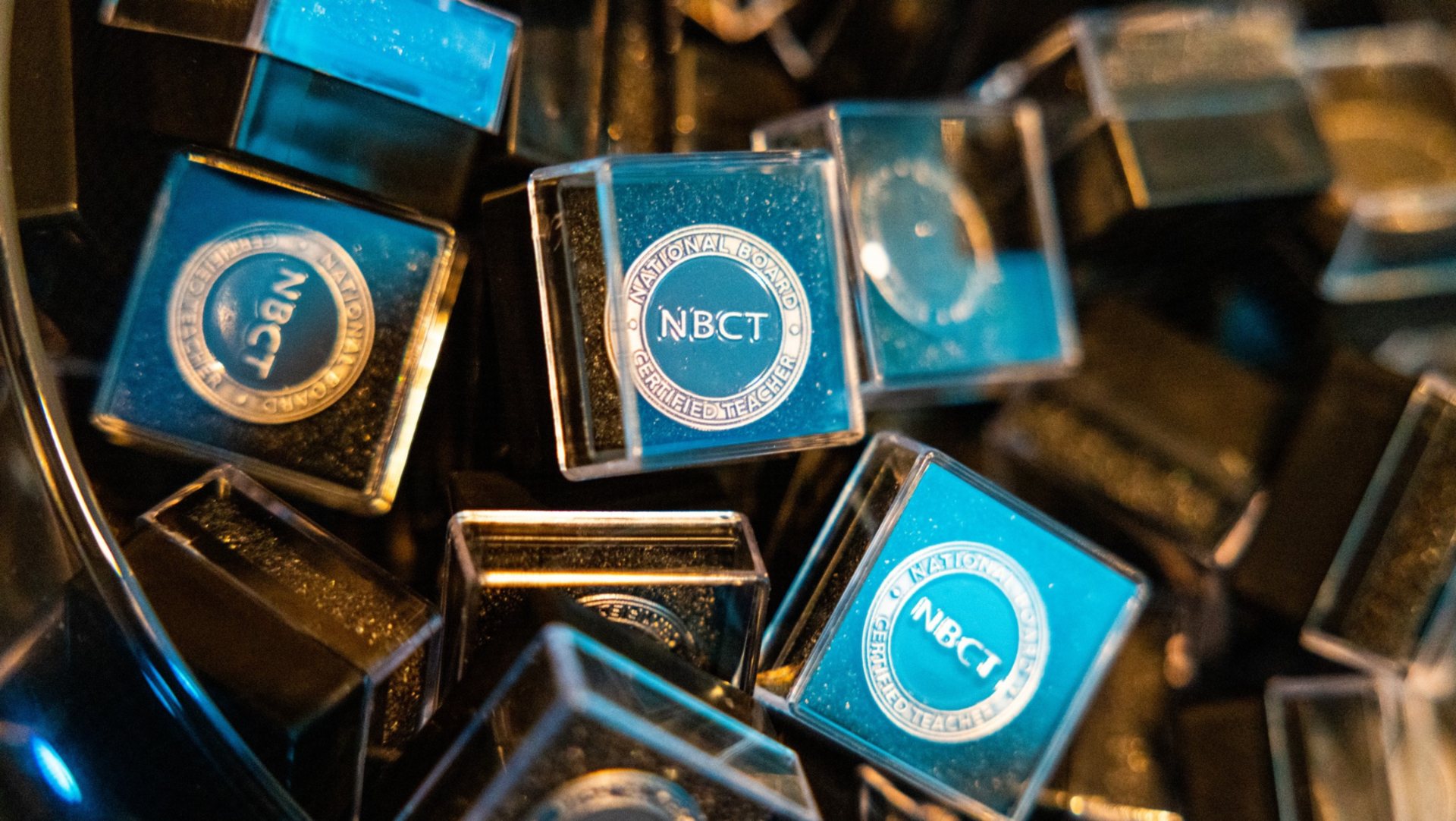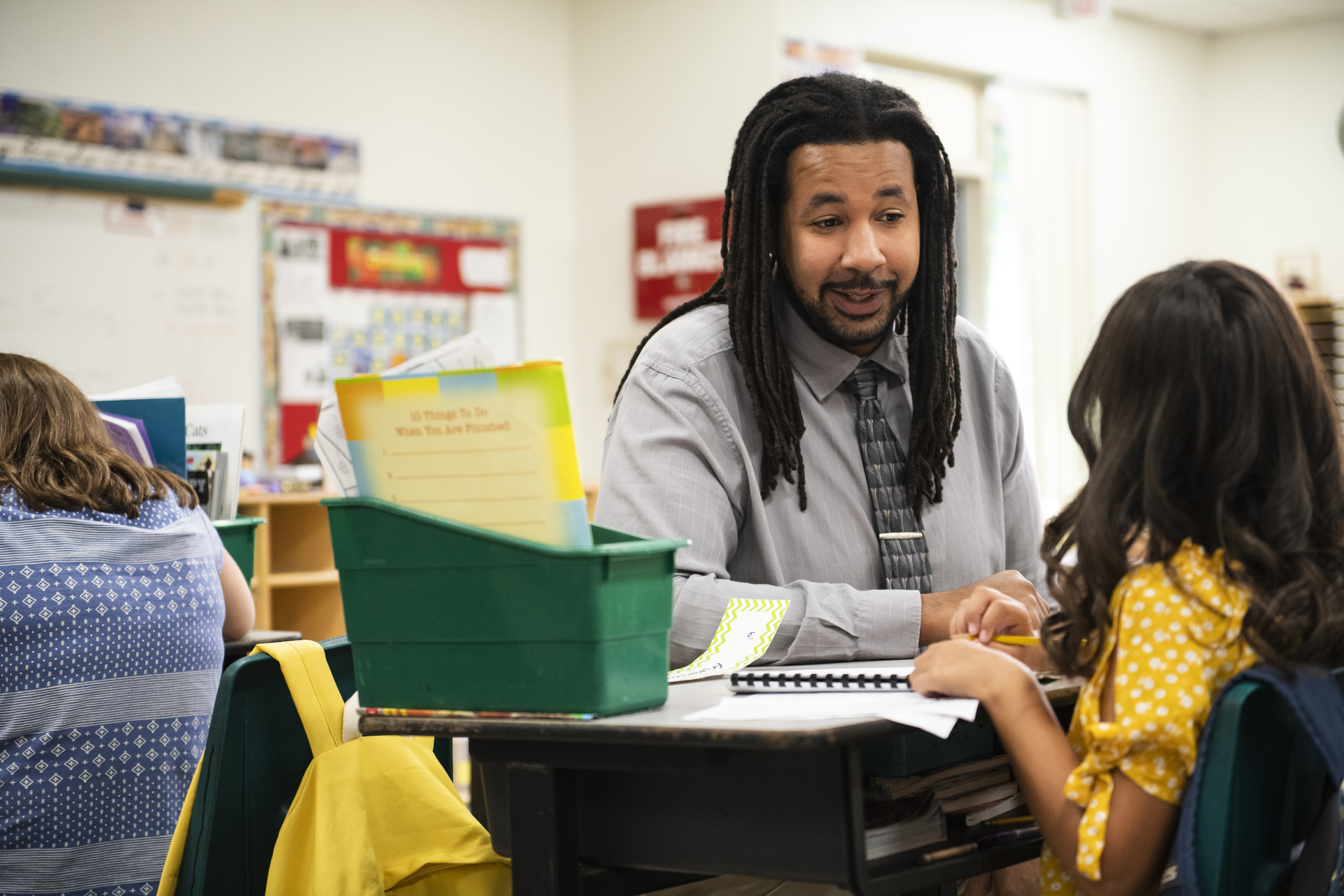How Whiteboards Can Transform Science Learning
Mark Paulsen, NBCT, is a longtime STEM educator and the workforce development coordinator for SciTech Institute, a part of the Arizona Technology Council. Here, he shares how using whiteboards in science lessons can broaden understanding for students and their teacher.
Collecting data is a great science practice. Collecting data and then disseminating the data is just as important. But collecting data, disseminating, and then discussing should be the common practice in a science classroom. Here are three easy ways to start making data more enjoyable and meaningful for you and your students.
1. Shift from paper to whiteboard
Oftentimes in a science class, students write down their lab results on a lab sheet or report. An issue that arises with this practice is that it doesn’t make the learning visible to others. Making data more visible to the lab group will change discussions and how students start to think about the data they are taking.
Switching from a regular sheet of paper to a whiteboard that is hung on the wall or a large whiteboard that can be saved for multiple days will start to shift conversations in the classroom. Not only will this help the students in the lab group see and talk about the data, but also other lab groups and the teacher. Teachers who shift to whiteboards will be able to make corrections in the moment because learning and data is visible.
2. Who gets the marker?
When students are in a lab group, the questions always arise: Who gets the marker? And how do you know who is participating? One way to solve this is to give every student a different color of marker. This will establish a few things:
- Students are responsible for taking their data on the whiteboard and writing it down in the color that they chose.
- If a student uses a certain color, you know which students aren’t engaged in the process of the group.
How will students share this responsibility of learning and taking data on the whiteboard? After the whiteboarding session, have the students reflect on their learning with a rubric. A category of the rubric could be participation. Have the students reflect on their participation in the group. This will start to shift minds around what group work truly means.
3. Discussion
Discussions regarding what students discovered and the connections they made are vital at the end of a lab. When students hear what other students did, the obstacles and challenges they faced or the learning that occurred, they can reflect on their own learning.
Whiteboards are used as a teaching tool. In a community circle where all students gather, whiteboards can be propped up against their knees, and the teacher may ask a few broad questions like "What did you learn?" Initially, this might feel awkward to your learners as well as you. Resist filling in the possible awkward silence with more questions, instead let the students struggle with your broad question.
Once students start to talk, you'll likely hear them discuss the process of learning. As a teacher, you will be able to facilitate their needs on the spot. Challenge your students to use the whiteboards as evidence to their claims. What did they understand? What are they struggling with? Who needs to be enriched? All these questions will come to light. As a teacher, you will have a better understanding of their learning and be better equipped to meet their needs.

